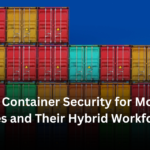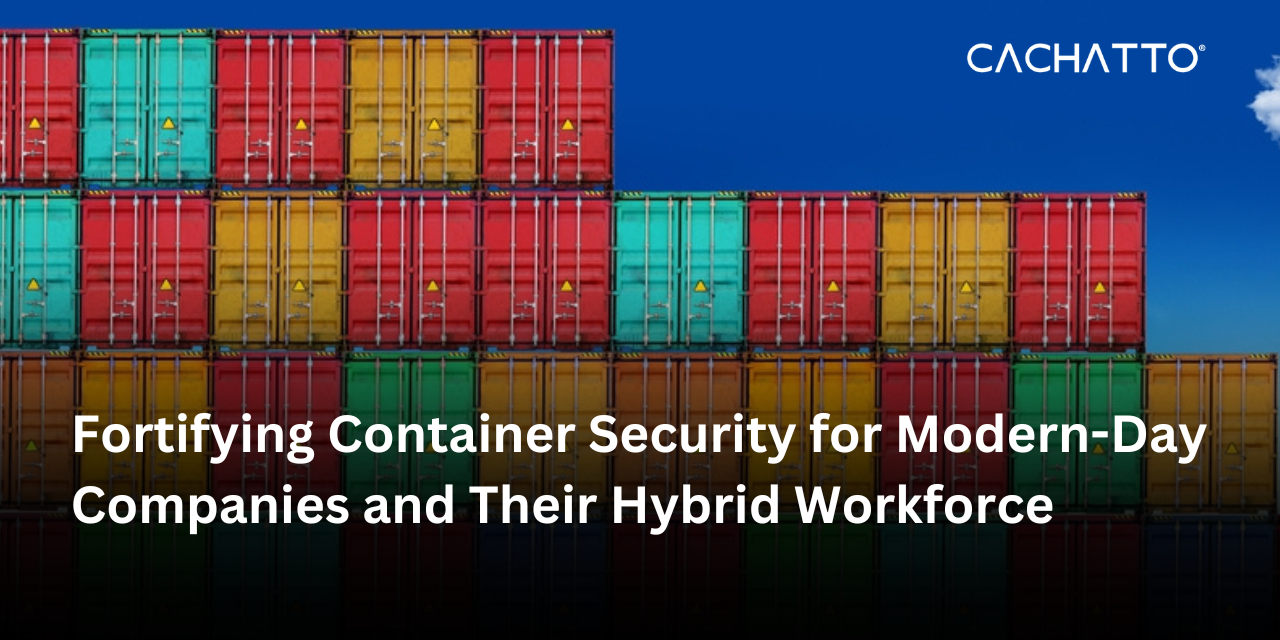In a time characterized by digital transformation and remote work, modern companies are confronted with a critical challenge: how to protect their valuable data and applications while accommodating the flexibility demanded by hybrid work environments. As businesses increasingly adopt containerization technologies such as Docker and Kubernetes to streamline application development and deployment, ensuring robust container security has become imperative. Let’s explore the intricacies of secure containers, delve into the unique considerations for hybrid workforces, and discuss actionable strategies to strengthen defenses in this evolving landscape. Understanding Secure Container Containers have transformed software development by encapsulating applications and their dependencies into lightweight, portable units. Traditional security measures tailored for monolithic architectures may be insufficient when applied to containerized environments. Each layer requires careful attention to prevent vulnerabilities and mitigate potential risks. Challenges for Hybrid Workforces Hybrid work models, which blend remote and on-premises work, introduce additional complexities. With employees accessing sensitive applications and data from various locations and devices, the attack surface expands, rendering traditional perimeter-based security inadequate. Furthermore, the lack of direct oversight in remote environments increases the risk of insider threats and unauthorized access. Key Strategies for Secure Container
•Implement Secure Image Practices: Ensure that container images are built from trusted sources, regularly scanned for vulnerabilities, and promptly patched. Using signed and immutable images adds an extra layer of security against tampering.
•Leverage Runtime Security Measures: Employ runtime security tools to monitor container behavior in real-time. These solutions can detect anomalous activities, enforce security policies, and isolate compromised containers to prevent lateral movement within the infrastructure.
•Strengthen Orchestration Security: Secure the orchestration layer, typically Kubernetes, by applying role-based access controls (RBAC), network policies, and authentication mechanisms. Regularly auditing configurations helps mitigate misconfigurations that could expose vulnerabilities.
•Enforce Network Segmentation: Implement network segmentation to isolate containerized workloads from each other and from other parts of the infrastructure. Utilize micro-segmentation techniques to enforce granular access controls and limit the potential blast radius of breaches.
•Employ Zero Trust Principles: Embrace the zero-trust security model, where trust is never assumed based on location or network boundaries. Implement identity and access management (IAM) solutions along with multi-factor authentication (MFA) to verify user identities and enforce least privilege access policies.
•Educate and Train Employees: Educate employees about container security best practices and the potential risks associated with remote work. Regular training sessions can empower employees to recognize phishing attempts, adhere to security protocols, and promptly report suspicious activities.
•Conduct Regular Security Audits and Testing: Perform regular security audits and penetration testing to proactively identify and remediate vulnerabilities. Automated testing tools can scan containerized environments for misconfigurations, weak encryption, and other security weaknesses.
•Monitor and Analyze Logs: Implement robust logging and monitoring solutions to track container activities, detect security incidents, and effectively investigate breaches. Leveraging centralized logging platforms and security information and event management (SIEM) systems enables timely threat detection and response. In today’s dynamic business landscape, container security is not a luxury but a necessity.
As companies embrace hybrid work models, the need for robust security measures becomes even more critical. By implementing the strategies outlined above, organizations can fortify their containerized environments against emerging threats and safeguard their assets with confidence. Keep in mind that container security is a continuous process, rather than a final destination. Stay vigilant, adapt to evolving threats, and prioritize security in every aspect of your hybrid workforce strategy. Together, we can build resilient and secure containerized ecosystems that empower businesses and protect their most valuable assets. Are you prepared to strengthen your container security posture and embrace the future of hybrid work securely? Reach out to our security experts today to embark on your security journey. Stay secure, stay ahead!
For more information email marketing@cachatto.com





